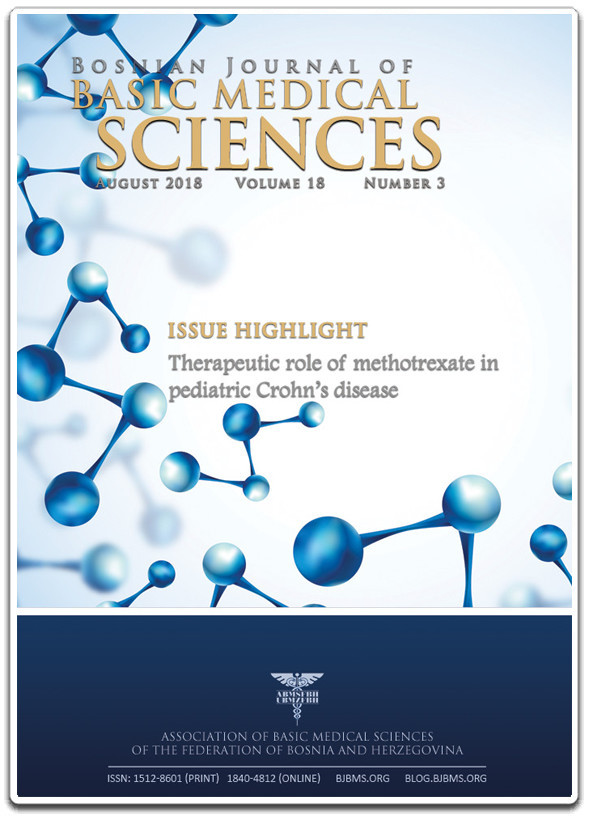
“Both Δ9 Tetrahydrocannabidiol (THC) and cannabidiol (CBD) components of cannabis, have been shown to have anticonvulsant effects.
Cannabis oils are used to treat seizures in drug-resistant epilepsy (DRE). Recent trials provide data on dosing, side effects, and efficacy of CBD, yet there is a paucity of information on THC in epilepsy.
Primary objective was to establish dosing and tolerability of TIL-TC150 – a cannabis plant extract produced by Tilray®, containing 100 mg/mL CBD and 2 mg/mL THC- in children with Dravet syndrome. Secondary objectives were to assess impact of therapy on seizures, electroencephalogram (EEG) and quality of life.
RESULTS:
Nineteen participants completed the 20-week intervention. Mean dose achieved was 13.3 mg/kg/day of CBD (range 7-16 mg/kg/day) and 0.27 mg/kg/day of THC (range 0.14-0.32 mg/kg/day). Adverse events, common during titration included somnolence, anorexia, and diarrhea. Abnormalities of liver transaminases and platelets were observed with concomitant valproic acid therapy. There was a statistically significant improvement in quality of life, reduction in EEG spike activity, and median motor seizure reduction of 70.6%, with 50% responder rate of 63%.
CONCLUSIONS:
TIL-TC150 was safe and well tolerated in our subjects. TIL-TC150 treatment resulted in a reduction in seizure counts, spike index on EEG, and improved quality of life measures. This study provides safety and dosing information for THC-containing cannabinoid preparations.”









